On the afternoon of August 3, a foreign press delegation stationed in Vietnam came to learn and explore Sa Huynh culture at the Quang Ngai Provincial Museum.
The program was organized by the Department of Press and Information (Ministry of Foreign Affairs ) in coordination with the Department of Foreign Affairs of Quang Ngai province to promote Quang Ngai province's tourist attractions and introduce the Sa Huynh Cultural Special National Monument to foreign press agencies stationed in Vietnam. The program took place from August 3-6.
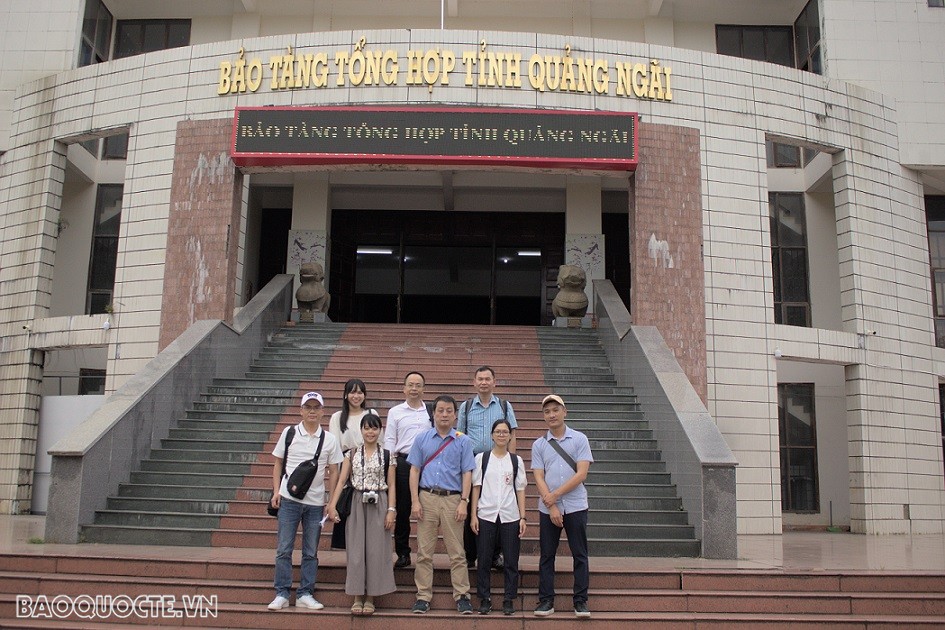 |
| Foreign press delegation stationed in Vietnam explores Sa Huynh culture. (Photo: LC) |
Sa Huynh culture is an archaeological culture of the Bronze Age, which peaked in the Iron Age dating back to 500 BC. This culture ended in the 2nd century AD, originating and developing from the previous pre-Sa Huynh cultures of the Early Bronze Age and Middle Bronze Age (about 1,500-500 BC).
The distribution of Sa Huynh culture is in Central Vietnam, the North intersects with Dong Son culture in Quang Binh, the South intersects with Dong Nai culture in Binh Thuan , the West is the edge of the Central Highlands, the Eastern Truong Son valley, the East extends to the near-shore islands.
The basic form of Sa Huynh culture is jar burials in large cemeteries, and jar and earthen tombs are also found in Sa Huynh culture burial sites. Typical jewelry of Sa Huynh culture is two-headed animal earrings, three-pronged earrings, agate beads, bracelets made from precious stones, glass, and sea mollusk shells.
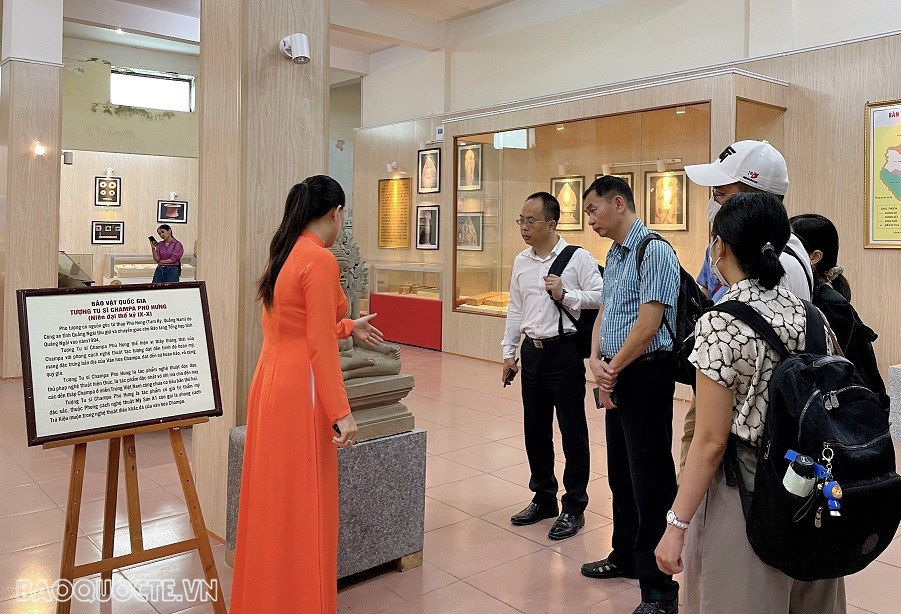 |
| Foreign press delegation stationed in Vietnam listens to explanation about Sa Huynh culture (Photo: LC) |
Sharing at the research session, Dr. Doan Ngoc Khoi, Deputy Director of Quang Ngai Provincial Museum, said that Sa Huynh residents were the ones who created this culture. This is an indigenous culture, not imported from elsewhere.
According to Dr. Doan Ngoc Khoi, through many evidences, Quang Ngai province is considered the cradle of Sa Huynh culture. Of the more than 80 sites discovered and researched, 26 relics have been excavated. The core area of Sa Huynh culture that needs special protection is more than 1,600 hectares, including: Long Thanh relic (also known as Go Ma Vuong), Thanh Duc relic, Phu Khuong relic, Champa relic complex in Sa Huynh space, An Khe lagoon, An Khe creek - Cua Lo river.
Dr. Doan Ngoc Khoi emphasized: "On March 24, Quang Ngai was honored to receive the Certificate of ranking as a special national relic of Sa Huynh culture. This gives the province more motivation to continue the work of preserving, embellishing and promoting tangible and intangible cultural values.
In the coming time, to promote the value of the Sa Huynh National Special Cultural Relic, Quang Ngai province will continue to strengthen the work of preserving, embellishing and promoting tangible and intangible cultural values. Thereby, building Sa Huynh, Duc Pho town, Quang Ngai province to become an attractive destination with many unique cultural, historical, sea and island values".
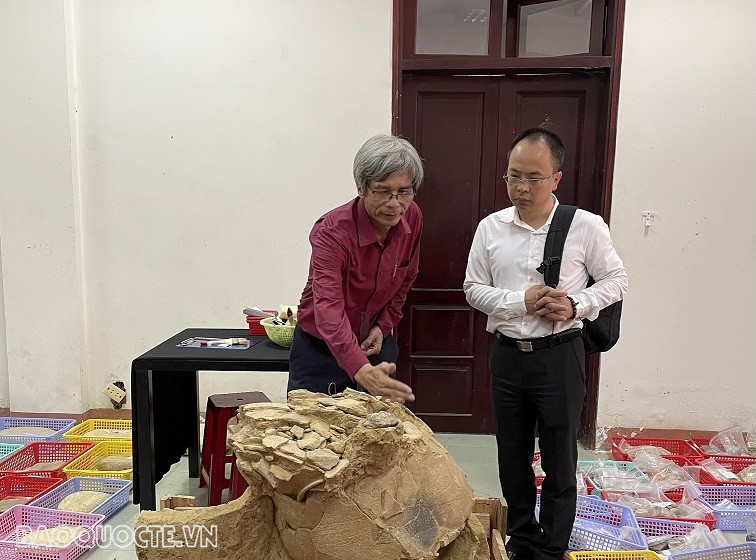 |
| Dr. Doan Ngoc Khoi (left), Deputy Director of Quang Ngai Provincial Museum, shares about Sa Huynh culture. (Photo: LC) |
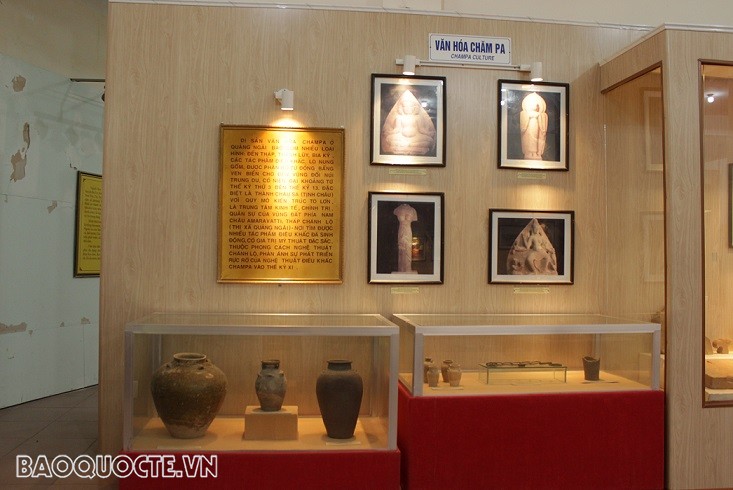 |
| Champa culture on display at the Quang Ngai Provincial Museum. (Photo: LC) |
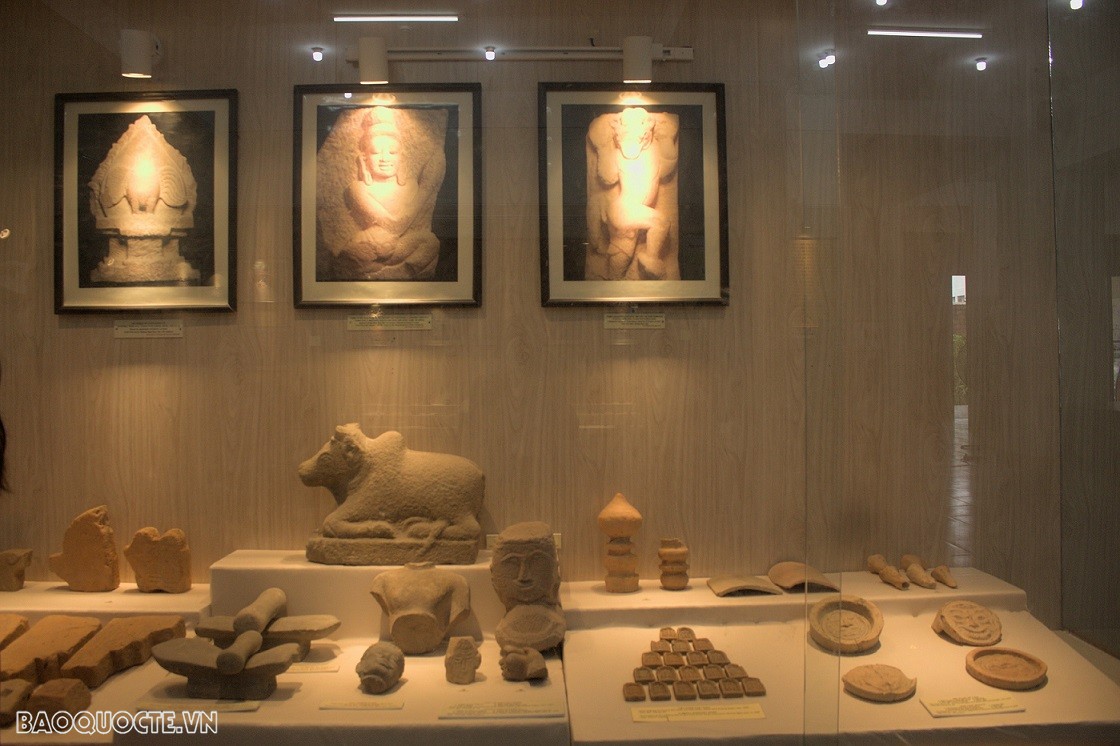 |
| Hundreds of artifacts and documents are displayed at the Quang Ngai Provincial Museum, helping visitors get a glimpse of Sa Huynh culture. (Photo: LC) |
Source



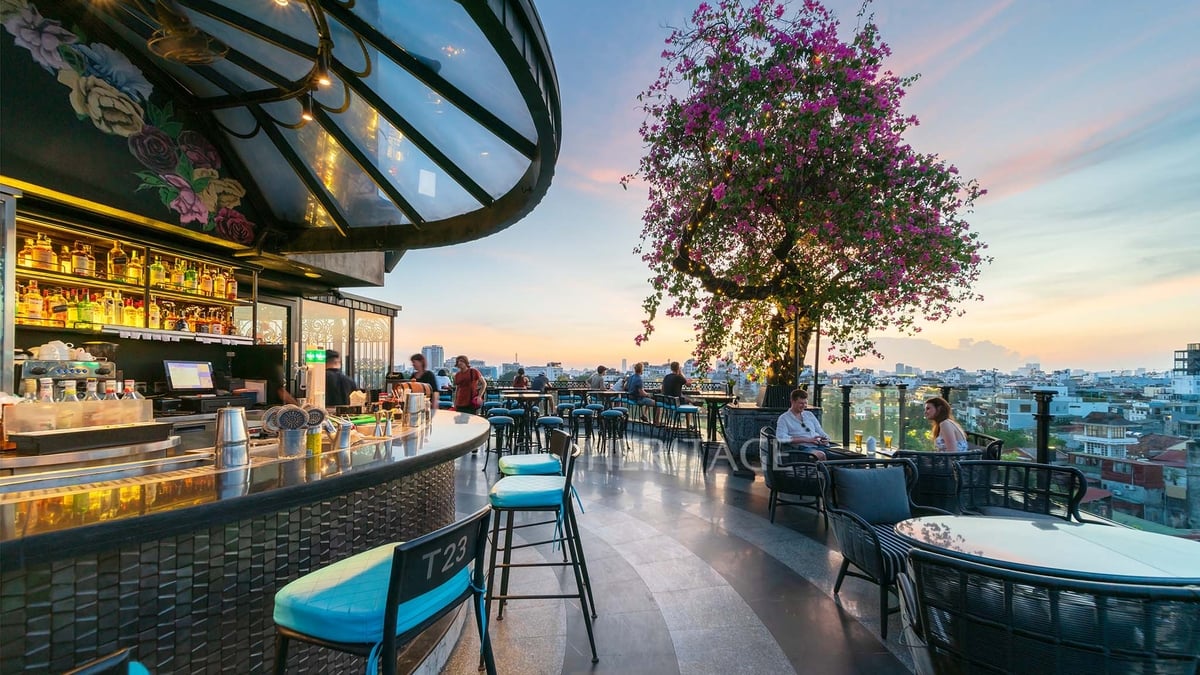
![[Photo] More than 17,000 candidates participate in the 2025 SPT Competency Assessment Test of Hanoi National University of Education](https://vphoto.vietnam.vn/thumb/1200x675/vietnam/resource/IMAGE/2025/5/17/e538d9a1636c407cbb211b314e6303fd)
![[Photo] Readers line up to visit the photo exhibition and receive a special publication commemorating the 135th birthday of President Ho Chi Minh at Nhan Dan Newspaper](https://vphoto.vietnam.vn/thumb/1200x675/vietnam/resource/IMAGE/2025/5/17/85b3197fc6bd43e6a9ee4db15101005b)
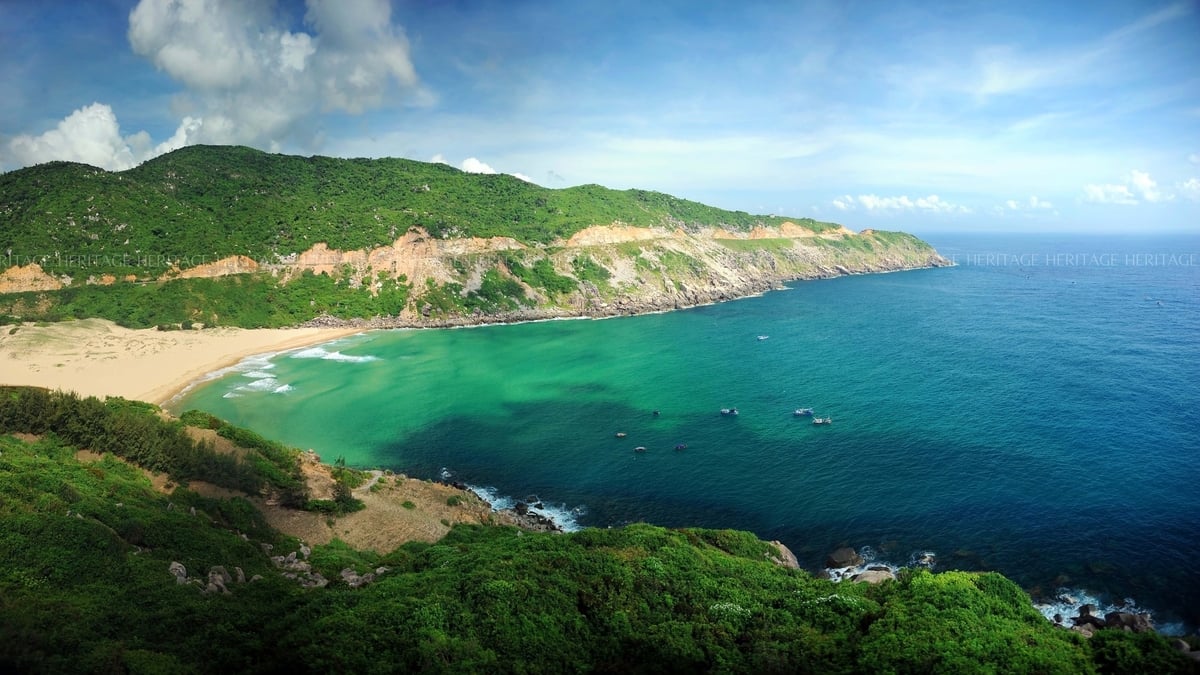
![[Photo] Prime Minister Pham Minh Chinh chairs meeting on science and technology development](https://vphoto.vietnam.vn/thumb/1200x675/vietnam/resource/IMAGE/2025/5/17/ae80dd74c384439789b12013c738a045)
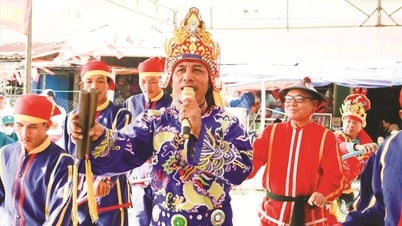

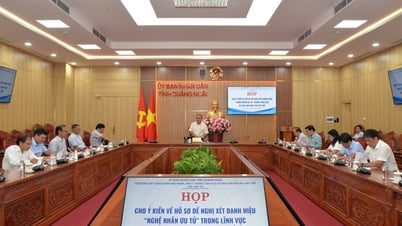

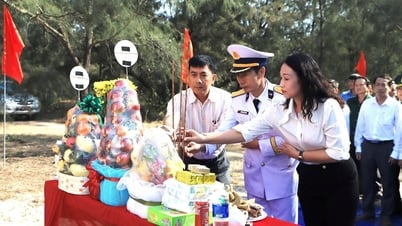
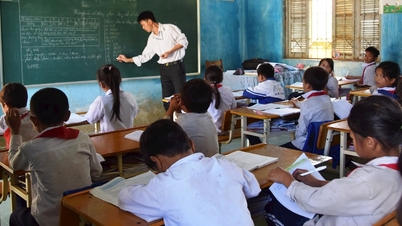

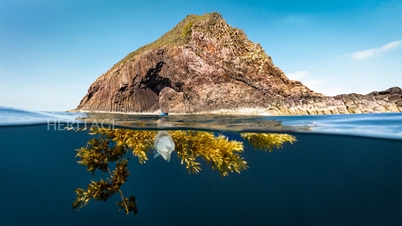



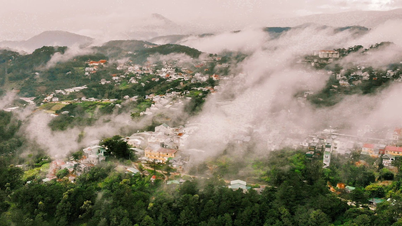

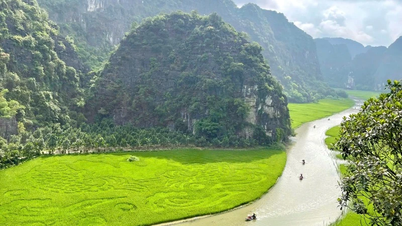

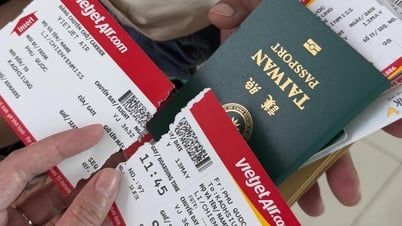
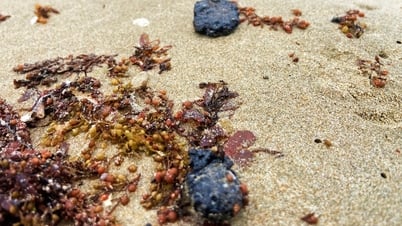
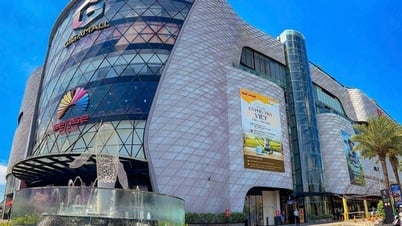

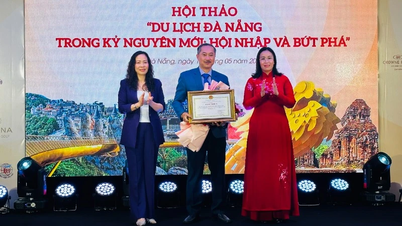





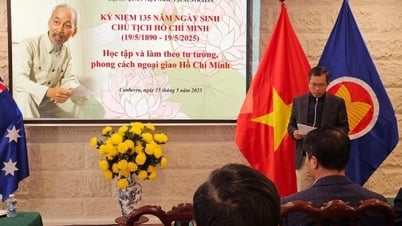
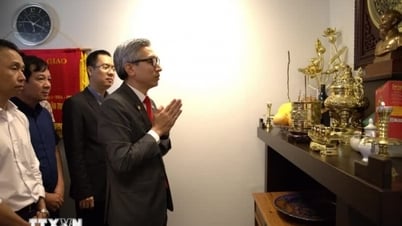
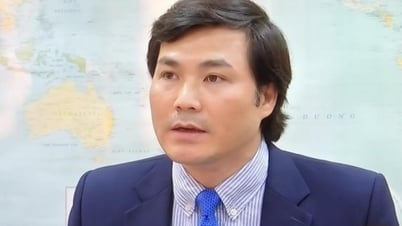
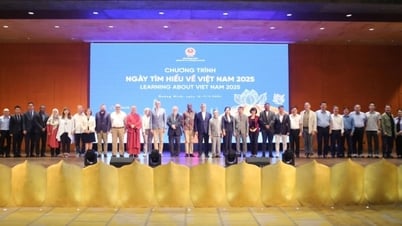
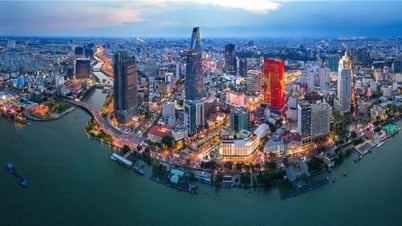
![[Photo] Nearly 3,000 students moved by stories about soldiers](https://vphoto.vietnam.vn/thumb/1200x675/vietnam/resource/IMAGE/2025/5/17/21da57c8241e42438b423eaa37215e0e)
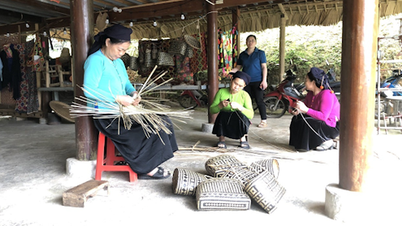

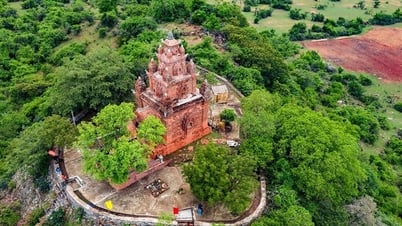
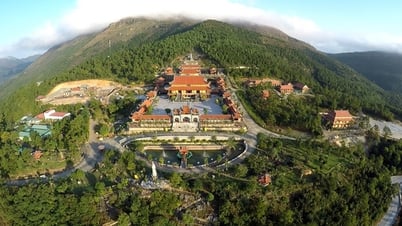

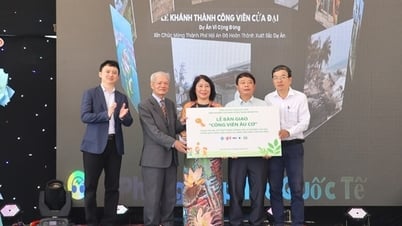

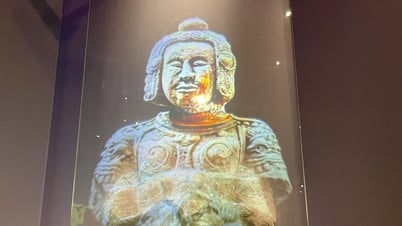


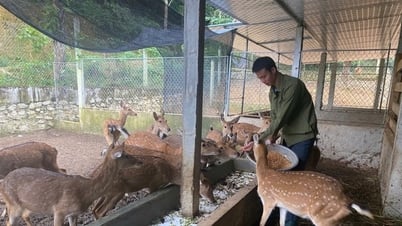


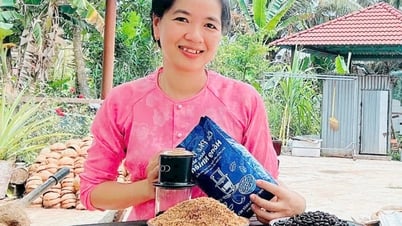




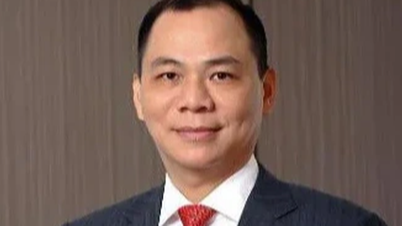

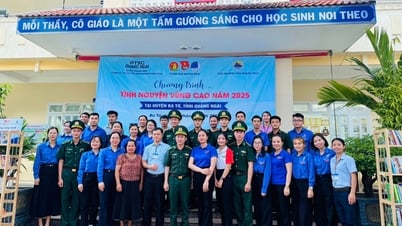
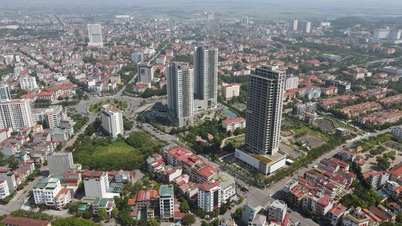
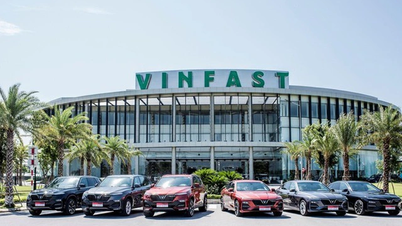





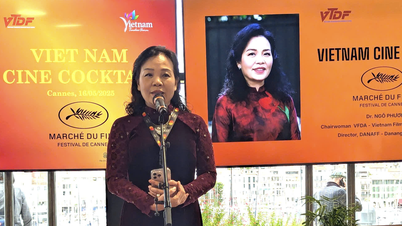

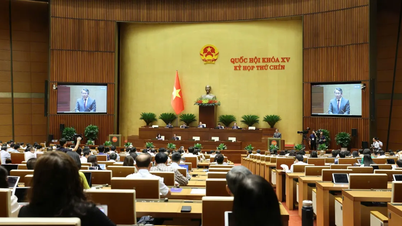






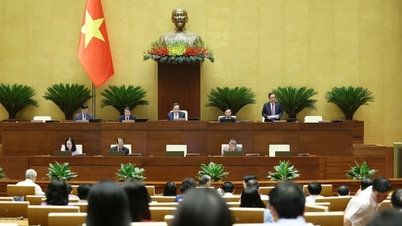
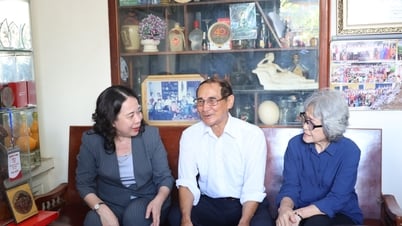

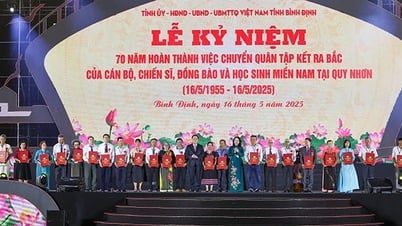
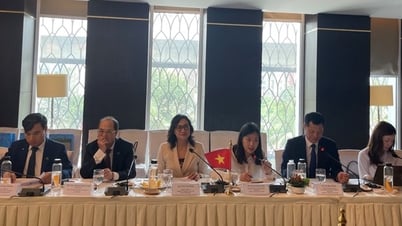

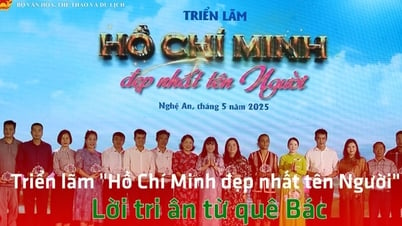




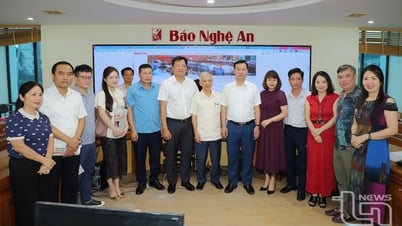




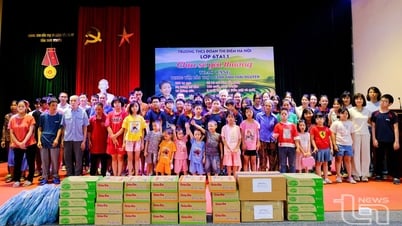


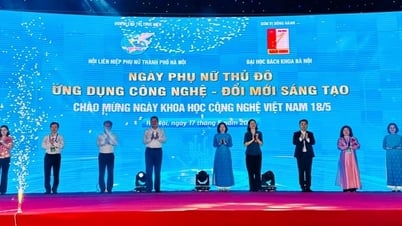











Comment (0)